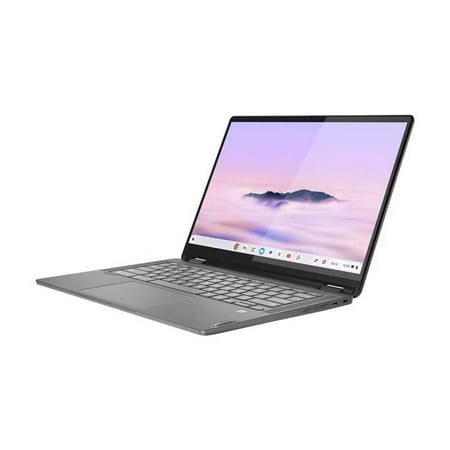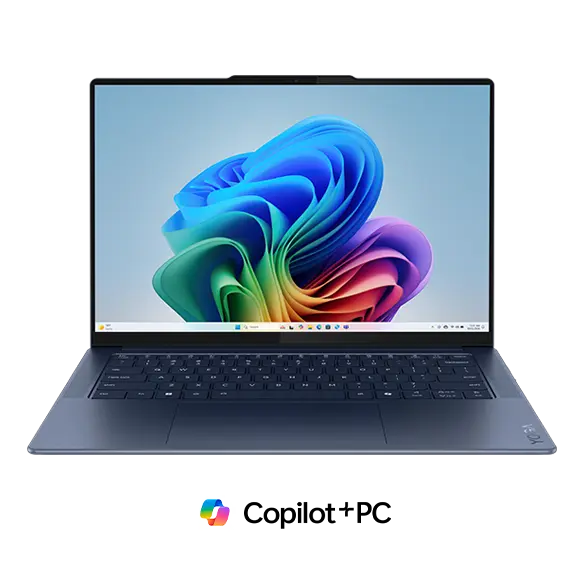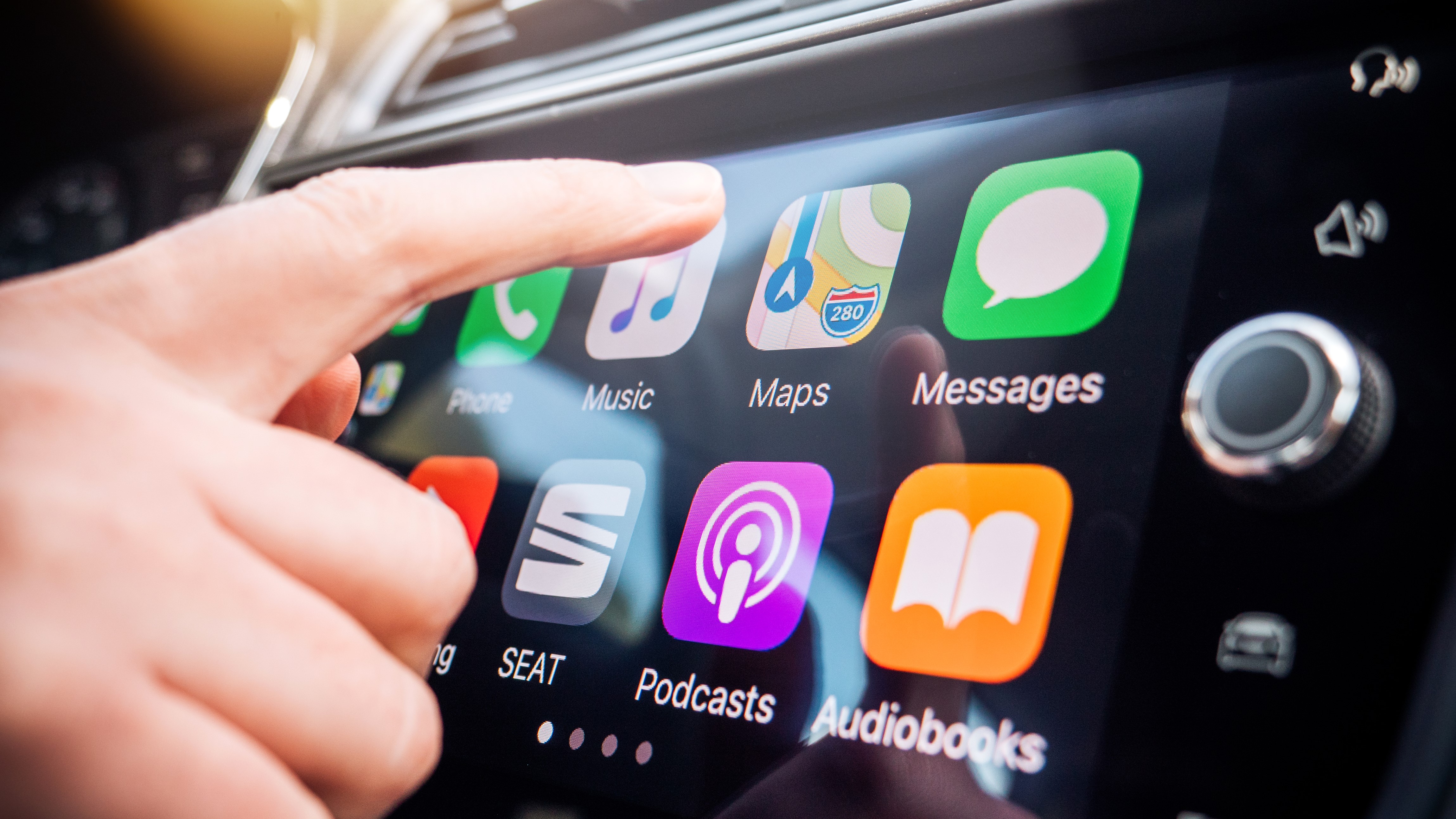I had no one to call during a panic attack — so I tried ChatGPT (and a psychologist explains why it worked)
It won't replace my therapist, but it was useful in that moment
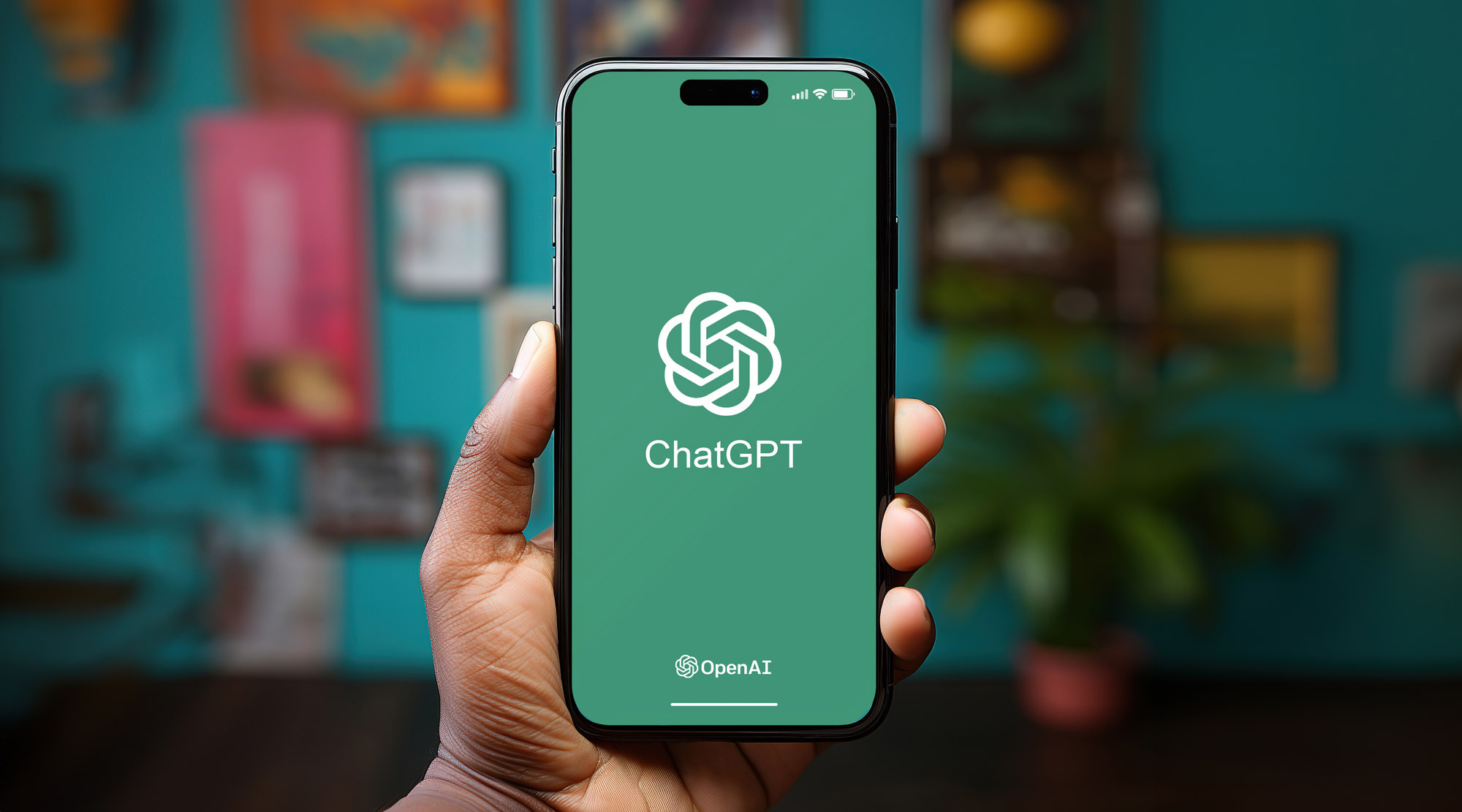
Like millions of people, I use ChatGPT nearly every day. Most of the time, it’s for productivity: brainstorming ideas, summarizing interviews, or testing AI prompts for work.
Occasionally, I’ll hop on a trend just to see what it’s about. But recently, I used ChatGPT for something much more personal: a panic attack.
I never imagined I’d turn to AI in a moment of real fear. But the other day, when a panic attack hit me out of nowhere, it wasn’t a friend, a family member, or even my therapist I turned to.
I was alone, between work meetings, and needed help fast. So I opened ChatGPT Voice and Vision — and to my surprise, it helped me calm down when I couldn’t calm myself.
A history of panic attacks

Last summer, I started having frequent trouble breathing. I thought it might be COVID or even a heart issue.
But after an emergency doctor’s visit, I learned I’d been experiencing panic attacks. Up until then, my only reference point for panic attacks was Ted Lasso, and mine looked nothing like his.
As my therapist and doctor explained, panic attacks can manifest differently for everyone. For me, when I get overwhelmed, I sometimes forget to breathe. It sounds simple, but in the moment, it’s terrifying.
Sign up to get the BEST of Tom's Guide direct to your inbox.
Get instant access to breaking news, the hottest reviews, great deals and helpful tips.
Thanks to therapy and mindfulness exercises, I’ve learned to manage most attacks before they spiral. But sometimes, they still sneak up on me.
"The benefits of AI are tremendous but there are risks, too. Many mental health patients need more than AI. They need to be followed by a psychologist or psychiatrist."
Dr. Lawrence K Straus, PhD
How I used ChatGPT Voice and Vision

I already had ChatGPT open on my screen. I’d just wrapped one meeting and was working on a story before the next. When I felt the familiar wave of anxiety building, I quickly opened a new chat and switched to ChatGPT’s Voice and Vision mode.
For those unfamiliar, ChatGPT Voice and Vision, available with a ChatGPT Plus subscription, allows you to speak with the AI in real time; no typing required. It can also “see” through your device’s camera, enabling more natural, interactive conversations. It's kind of like a FaceTime conversation except you're the only one on camera.
At first, the AI couldn’t understand me very well. It saw my face and asked if I might be having an allergic reaction. I shook my head and finally managed to say, “I’m having a panic attack.”
That’s when it clicked into gear.
The AI responded with a calm, steady voice: “I’m here with you. Let’s take a deep breath together.”
I told it I couldn’t, that I needed more help. The chatbot didn’t falter. It guided me through grounding exercises, encouraged me to describe my surroundings, and kept gently reminding me to breathe. Its tone was patient, supportive and comforting.
This is where ChatGPT surprised me. A friend might try to keep me calm, but wouldn’t necessarily know how. The AI, on the other hand, offered the exact same techniques I’ve used with my therapist.
What it felt like — and why AI is no substitute for a real therapist
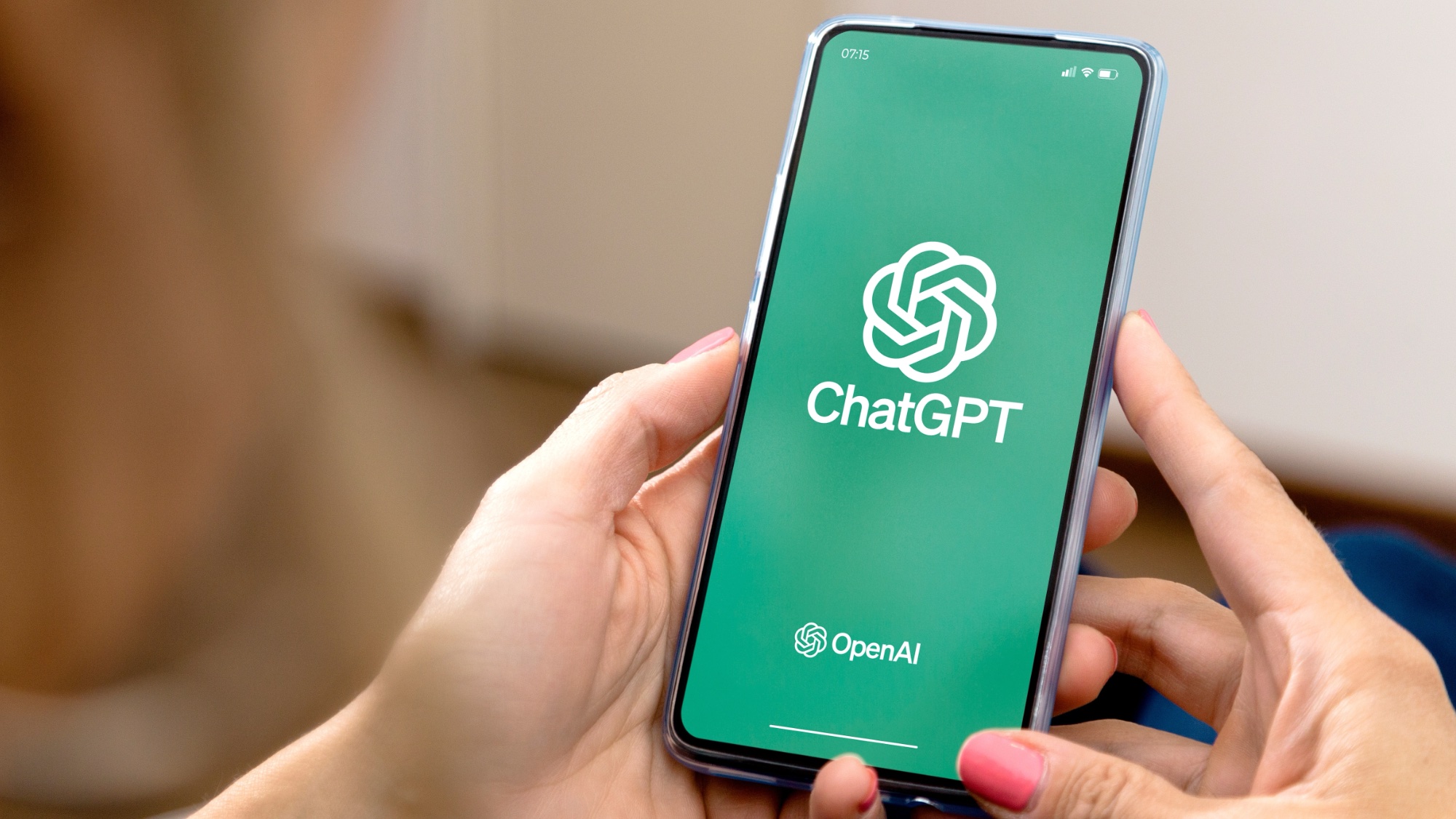
It made me feel less alone, right when I needed it. And this interaction helped me recover to the point where I felt like I could continue to work that day.
But despite how helpful ChatGPT was on this particular occasion, it's important to remember that AI is not a substitute for a trained mental health professional.
According to Dr. Lawrence K Straus, PhD, a clinical psychologist based in New Jersey who specializes in behavoioral health, there are pros and cons to AI. "The benefits [of AI] are tremendous but there are risks, too," said Dr. Straus. "Many mental health patients need more than AI. They need to be followed by a psychologist or psychiatrist."
And although AI can be used by therapists to seek out diagnostic or therapeutic suggestions for their patients, providers must be mindful of not revealing protected health information due to HIPAA requirements. We’re just beginning to see the incredible benefits that AI offers us in all fronts."
Was talking to ChatGPT the same as talking to a human? No. But it was helpful and in that moment, having an always-available, neutral voice talk me down was better than spiraling alone.
It made me feel less alone, right when I needed it. And this interaction helped me recover to the point where I felt like I could continue to work that day.
Final thoughts
If you live with anxiety or are prone to panic attacks, ChatGPT Voice might be worth adding to your mental health toolkit. It’s not a replacement for therapy, but it’s a solid plan B in a pinch.
Using ChatGPT didn’t “fix” me, but it helped me ride the wave instead of being crushed by it.
AI tools aren’t just for productivity or fun. Sometimes, they can offer something deeply human: calm, comfort and connection, right when you need it most.
More from Tom's Guide
- I just tried Perplexity’s new iOS assistant — and now I’m ditching Siri for good
- I tried these 7 Gemini Live prompts — and the results blew my mind
- I tested every Gemini model — here’s what each one does and 30 prompts to try
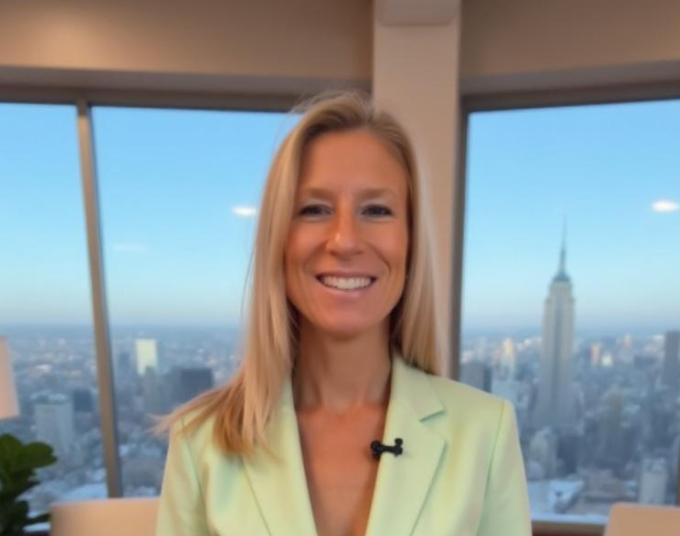
You must confirm your public display name before commenting
Please logout and then login again, you will then be prompted to enter your display name.

